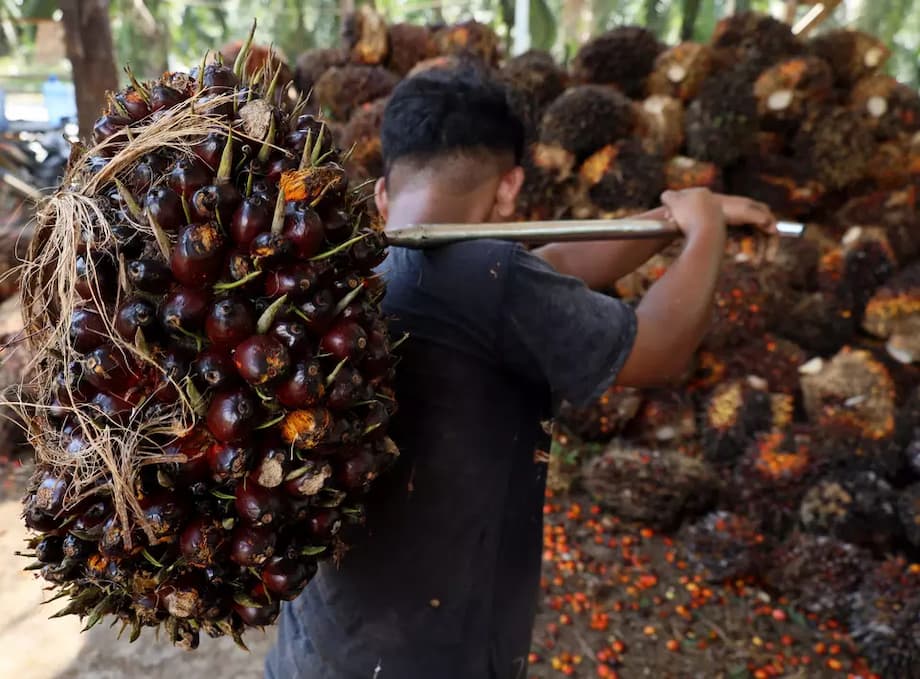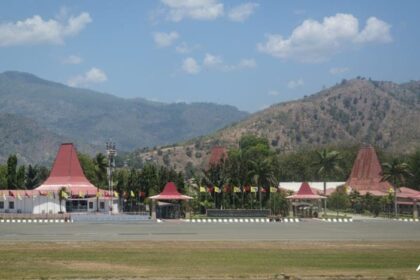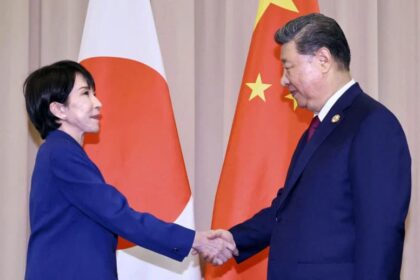Exports surge as prices climb and volumes expand
Indonesia booked strong growth in palm oil export earnings in 2025, lifted by higher prices and more shipments. From January to August, exports of crude palm oil and processed products reached about 16.66 billion dollars, up 35.23 percent from the same period a year ago, according to Statistics Indonesia (BPS). The performance extended the country trade surplus streak to 64 months since May 2020, underscoring the central role palm oil plays in the external accounts.
Prices did much of the work. The average export price recorded by BPS stood at 1,041.32 dollars per ton, 19.91 percent higher than last year average. Volumes also climbed. Shipments increased 13.56 percent year on year to 16.20 million tons, up from 14.26 million tons a year earlier. The combination of firmer prices and higher volumes lifted export income sharply.
Indonesia remains the world largest producer and exporter of palm oil. Industry and government assessments point to steady production growth and resilient demand. Forecasts for the 2025 to 2026 marketing year indicate exports near 24 million tons, supported by buyers in South and East Asia and by domestic consumption tied to biodiesel policy.
What is driving prices and demand
Edible oil markets move together. Prices for palm oil respond to changes in supplies of soybean, sunflower and rapeseed oil, to weather in Southeast Asia and South America, to currency swings, and to policy choices in major producing countries. In 2024 and early 2025, supply disruptions and a stronger call on palm oil from Indonesia energy program tightened availability for exports, pushing prices above last year.
Indonesia B40 biodiesel mandate, which targets a 40 percent blend of palm oil based fuel with diesel, is a key factor. Higher blending rates require more crude palm oil and refined palm methyl ester, which limits the volumes available to ship overseas. Roslin Azmy Hassan, chief executive of the Malaysian Palm Oil Association, said the higher blend would absorb a noticeable amount of Indonesian supply.
“Indonesia’s planned increase in the biodiesel blend rate to 40% in 2025 is expected to absorb an additional 1.2 to 1.7 million metric tonnes of CPO.”
Indonesia has also discussed lifting its export levy on crude palm oil to 10 percent from 7.5 percent to help finance the biodiesel program. A higher levy changes the economics of selling abroad, nudging more oil toward domestic uses and adding support to prices. Market surveys of traders and analysts anticipate average palm oil prices this year that are modestly higher than 2024, even as cheaper rival oils from South America cap gains.
Where the oil is going: key markets and trade shifts
India remains a cornerstone market. BPS data show that vegetable oils, including palm oil, accounted for about 2.73 billion dollars of shipments to India in the first eight months of 2025, or roughly 21.71 percent of Indonesia non oil and gas exports to that country. Food demand, rapid population growth and competitive pricing keep India at the top of the buyer list.
United States and Europe set new terms
The United States introduced a 19 percent import duty on Indonesian goods on August 7. Producers and officials have sought exemptions for palm oil and derivatives. Shipments to the US continued in August despite the tariff change, with BPS data indicating around 2.6 million tons of crude palm oil and derivatives shipped that month.
In the European Union, Indonesian palm oil products entering the bloc were valued at 192.64 million dollars in August and 1.27 billion dollars for January to August. Compliance with the EU Deforestation Regulation, which requires traceability and a deforestation free supply chain, has become a larger part of export planning. Indonesian industry leaders also expect a future trade agreement with the EU to improve market access once technical rules and sustainability recognition are aligned.
Policy choices at home reshape the export math
The biodiesel ramp up is central to Indonesia strategy. The B40 rollout began in March 2025. Studies by regional banks estimate the mandate could consume an additional 2 million tons of palm oil each year at full tilt, and a move to a B50 standard could lift domestic demand by about 3 million tons. Expanding biodiesel capacity remains a practical constraint. Officials have outlined a need for five new plants to reach the higher blend, and three are currently under development. Of the 15.62 million kiloliters allocated under B40, 7.55 million kiloliters were set aside for public service use with government support, while 8.07 million kiloliters are supplied at market prices.
Market analysts see a tighter export balance as a result. Anilkumar Bagani, head of research at Sunvin Group in Mumbai, said domestic blending diverts barrels away from ports, a change that could alter regional trade shares.
“Indonesia’s B40 biodiesel mandate would result in reduced export availability, in return favouring Malaysian palm oil exports.”
Indonesia export levy and duty structure also influences flows. A move to a 10 percent levy on crude palm oil would align fiscal resources with the biodiesel agenda. Across the strait, Malaysia increased its export duty to 9 percent for August, a decision that signals tighter regional competition and could influence price spreads.
Production outlook and supply balance
Production is rising at a measured pace. A detailed assessment by the Foreign Agricultural Service of the US Department of Agriculture projects Indonesia palm oil output to reach about 47 million tons in the 2025 to 2026 season, up roughly 3 percent. Weather is expected to be near normal. Fertilizer costs have eased since 2022, encouraging growers to increase applications. The planted area is holding near 14.4 million hectares, with a larger share of young trees that do not yet produce, which points to steadier yield growth in coming years.
Exports are projected to edge up only slightly to around 24 million tons in 2025 to 2026 as domestic industrial use grows and as stocks rise to about 5.3 million tons. That balance matches the price story. Plenty of supply is in the system, yet more of it is staying inside Indonesia to meet energy and food demand.
Short term dynamics can still swing widely. Industry data showed that while crude palm oil production dipped in May 2025, export value jumped nearly 50 percent to 2.82 billion dollars, illustrating how shipping schedules, tax timing and currency moves can drive monthly results even when annual trajectories are steady.
Sustainability pressures and the downstream push
Sustainability and traceability remain central challenges. Buyers in Europe, North America and parts of Asia now place detailed reporting and geolocation requirements on palm oil suppliers. Indonesia government and industry have expanded smallholder training, certification programs and digital traceability to meet these rules.
At the same time, Indonesia is channeling investment into downstream processing to raise value and create jobs. The Sei Mangkei Special Economic Zone in North Sumatra has become a palm oil hub, attracting about 6.5 trillion rupiah in investments and recording downstream exports worth roughly 2.7 trillion rupiah in 2024. New projects like KernelMax are set to add around 20 million dollars of investment and thousands of jobs. The zone is being integrated with Kuala Tanjung Port to reduce logistics costs, which can sharpen the competitiveness of palm based oleochemicals, specialty fats and other higher value products.
Officials say Special Economic Zones across the country have drawn more than 294 trillion rupiah in investment and created about 187,000 jobs through the first half of 2025. A deeper downstream base can balance raw CPO exports, cushion trade barriers and help Indonesia capture more value inside the country.
Risks in the months ahead
The global backdrop is mixed. The International Monetary Fund trimmed its 2025 growth outlook to 3 percent, and several large importing economies have cooled. That environment can slow restocking. Price sensitive buyers sometimes switch between palm, sunflower and soybean oil when spreads widen, especially after palm oil prices climbed between late 2024 and early 2025.
Trade policy remains a wild card. The 19 percent US duty on Indonesian goods increases costs for some products. The EU Deforestation Regulation adds compliance expenses and potential delays. Domestic policy can shift priorities if cooking oil prices at home move higher, as seen during the 2022 export halt. Weather events and shipping disruptions in Southeast Asia or the Middle East would also move prices.
Key Points
- Indonesia exported about 16.66 billion dollars of palm oil and derivatives in January to August 2025, up 35.23 percent year on year.
- The average export price reached 1,041.32 dollars per ton, up 19.91 percent, while volumes rose to 16.20 million tons, up 13.56 percent.
- India remains a key buyer; EU bound shipments totaled about 1.27 billion dollars in the first eight months; the US imposed a 19 percent import duty in August.
- The B40 biodiesel mandate is absorbing more supply, with estimates of 1.2 to 1.7 million tons of additional CPO use, and B50 could add roughly 3 million tons.
- USDA assessments point to output near 47 million tons in 2025 to 2026 and exports around 24 million tons, with stocks near 5.3 million tons.
- Indonesia plans a 10 percent export levy on crude palm oil to support its biodiesel program; Malaysia set a 9 percent export duty for August.
- Downstream investment is growing, led by the Sei Mangkei Special Economic Zone, which has attracted major capital and created jobs.
- Indonesia trade surplus has run for 64 months, with palm oil a major contributor.












